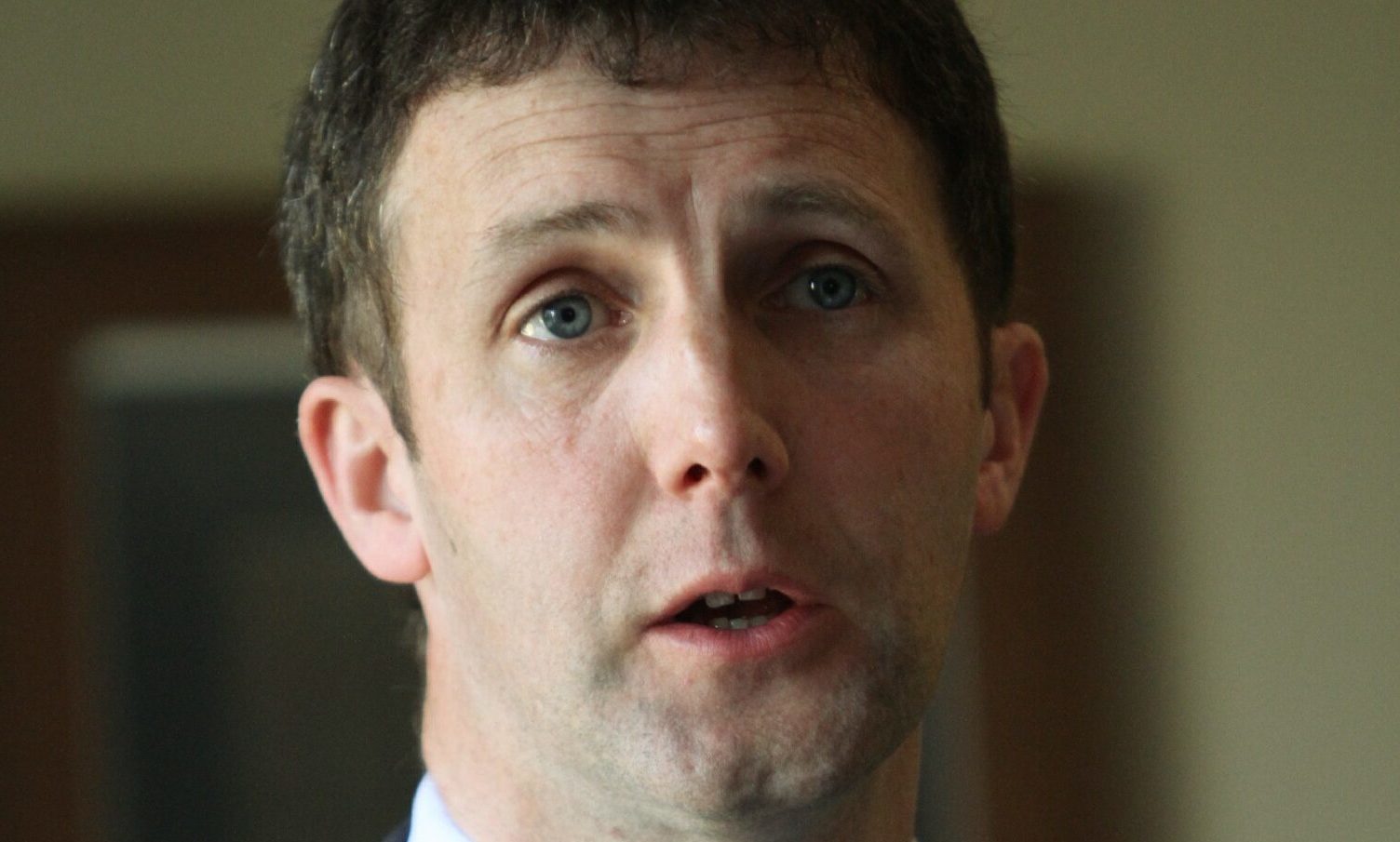The Scottish Government has ordered an independent review of undercover policing in Scotland after UK ministers refused to extend an existing probe north of the border.
Justice Secretary Michael Matheson has directed Her Majesty’s Inspectorate of Constabulary in Scotland (HMICS) to carry out the “strategic review”, which will examine activities dating back towards the start of the millennium.
In doing so, he voiced disappointment the Westminster government has failed to widen the scope of the Pitchford Inquiry – a probe established last year to look into undercover policing in England and Wales – to include Scotland.
The Scottish Government said the decision by UK ministers came despite evidence pointing towards units from south of the border operating in Scotland.
Announcing the new review, Mr Matheson said: “I am firmly of the view that an extension of the Pitchford Inquiry’s terms of reference to cover the activities of the national public order intelligence unit (NPOIU) and the special demonstration squad (SDS) in Scotland is still the right thing to do and am disappointed that the UK Government has refused to do so.
“Given the operational extent of those units, the Scottish Government believes that a single coherent inquiry is the most effective approach to provide a comprehensive investigation into these activities.
“However, in light of the Home Office’s decision, I have today directed Her Majesty’s Inspectorate of Constabulary in Scotland to undertake a strategic review of undercover policing in Scotland.”
The review will look at the extent and scale of undercover policing in Scotland going back to the point when the Regulation of Investigatory Powers Act 2000 came into force.
It will also look at any undercover operations carried out north of the border over that time by the NPOIU and SDS.
“This review will also give independent assurance on the operation, procedures and safeguards in place by Police Scotland in relation to undercover policing,” Mr Matheson added.
Pitchford, set up by Prime Minister Theresa May in one of her final acts as home secretary, follows revelations about the activities of undercover officer Mark Kennedy, who admitted having “intimate relationships with a number of people while undercover”.
The London-based NPOIU worked with forces in Scotland and Mr Kennedy was used in or visited Scotland 14 times, a review by HM Inspector of Constabulary (HMIC) found.
UK Policing Minister Brandon Lewis last month confirmed Pitchford’s terms of reference would apply solely to “undercover police operations conducted by English and Welsh police forces in England and Wales”.
In a letter to Labour MSP Neil Findlay, he said: “For a number of reasons, it is not possible to expand the geographical scope of the inquiry without formally amending the terms of reference.”
The decision prompted calls for the Scottish Government to launch its own inquiry.
An HMICS spokesman said: “The Cabinet Secretary for Justice Michael Matheson has directed HMICS to carry out an independent review of undercover policing activities in Scotland.
“We will now consult with key stakeholders, and prepare a detailed terms of reference including our projected timescale for completing this review.”







